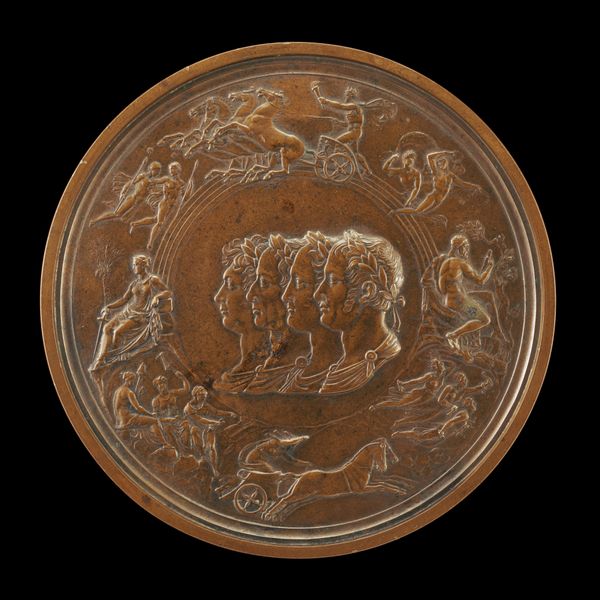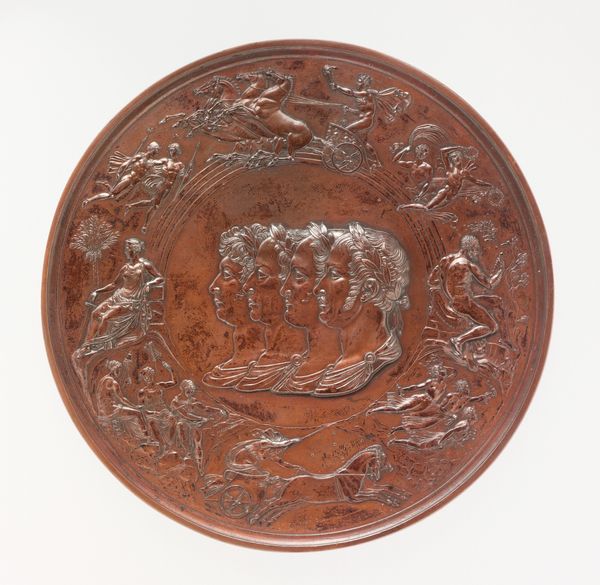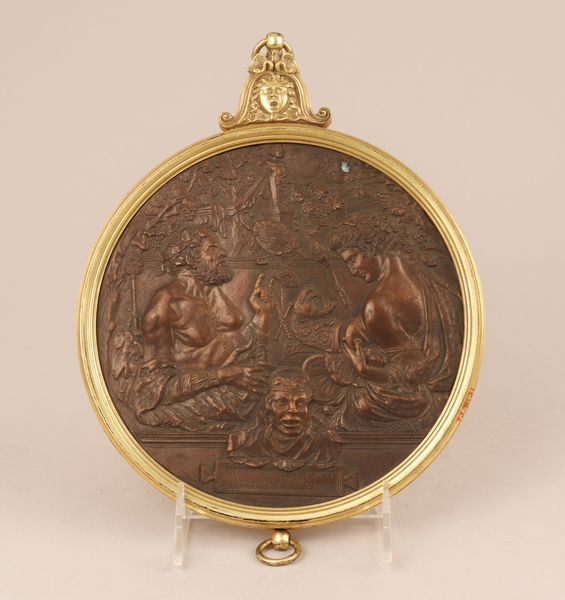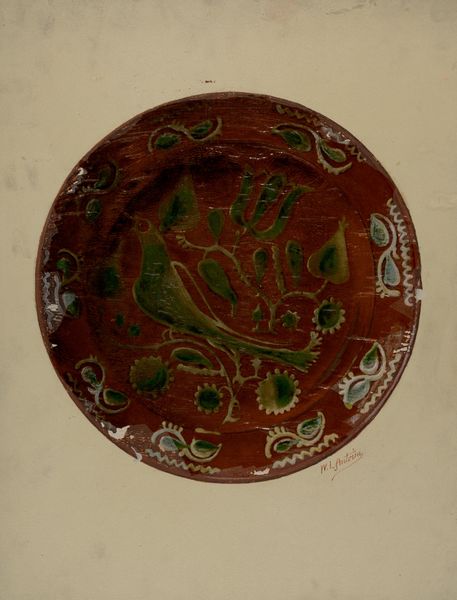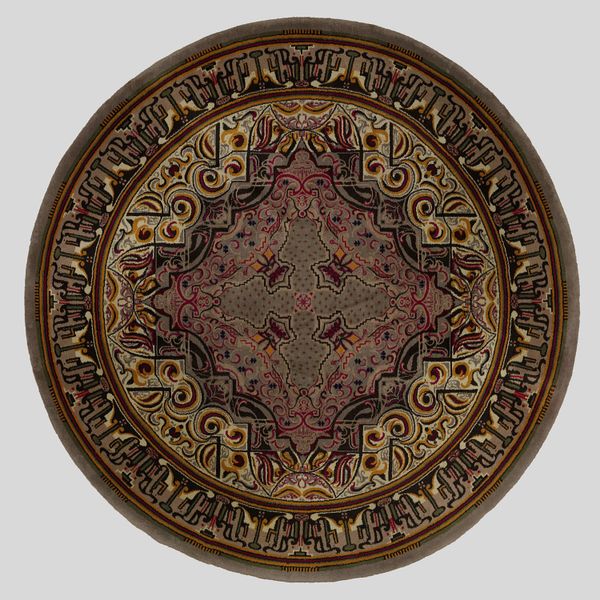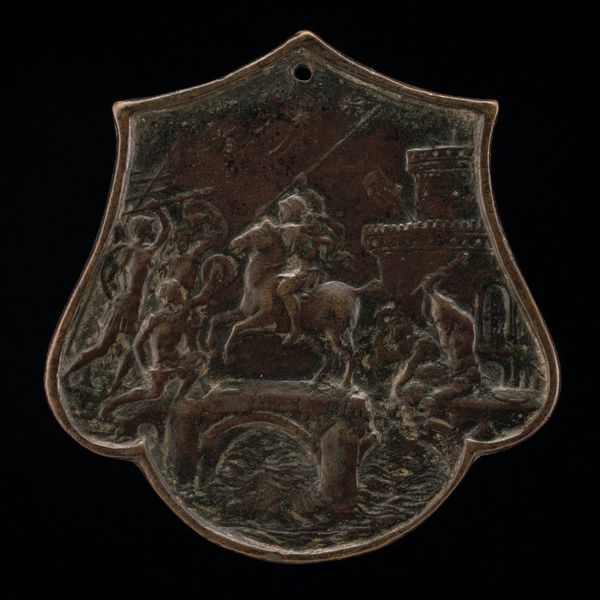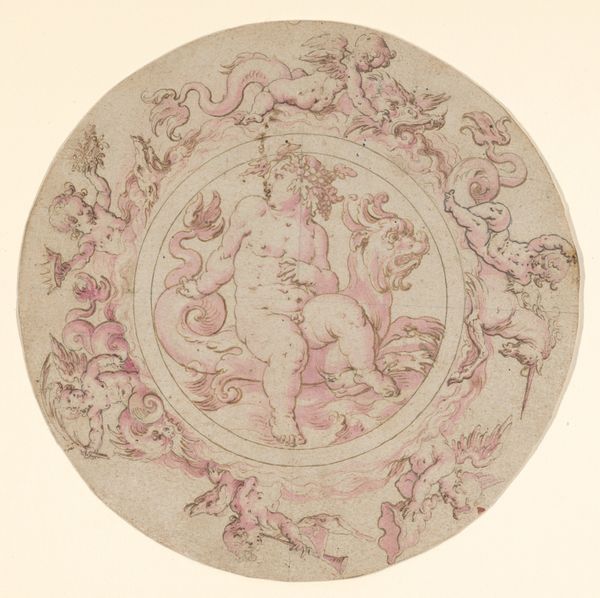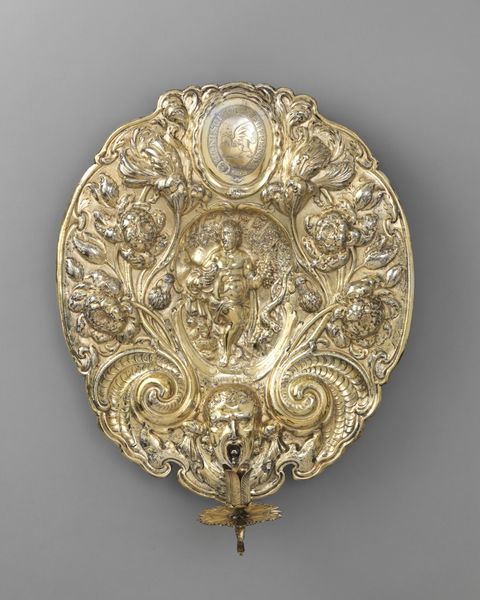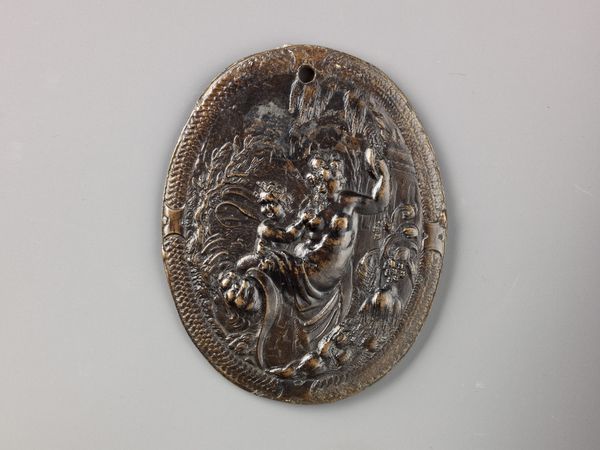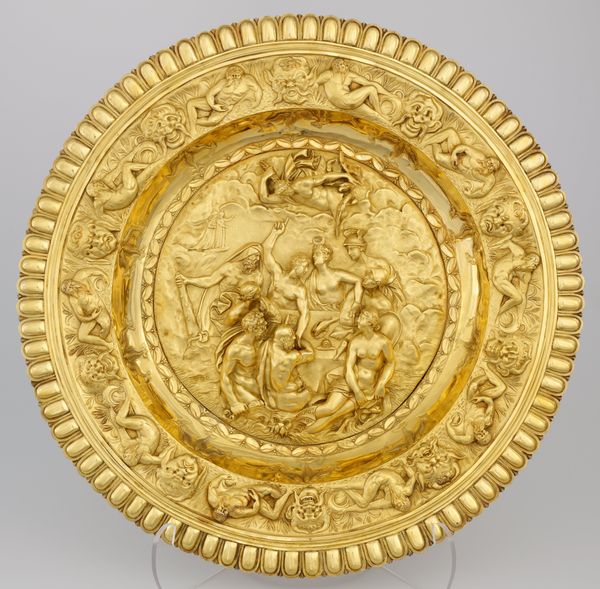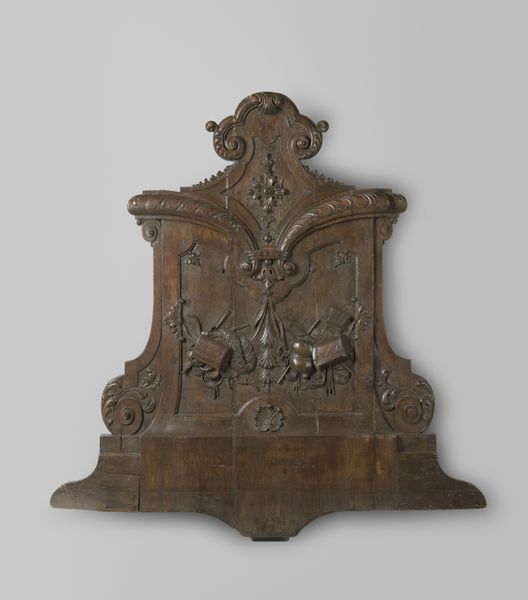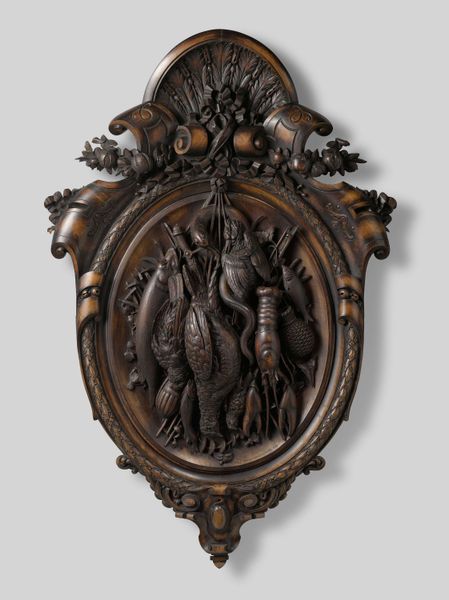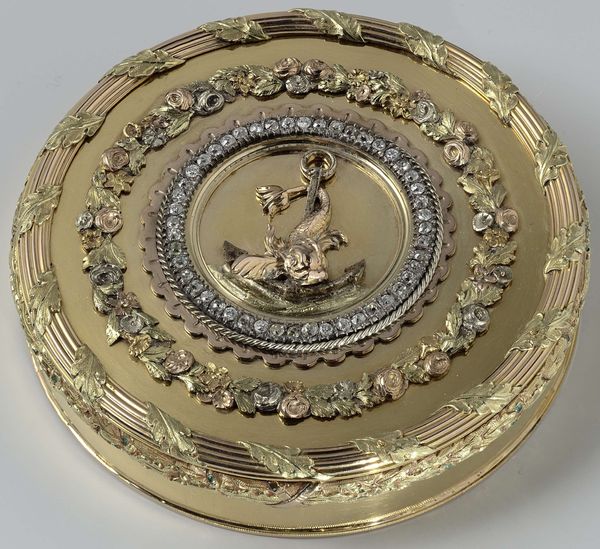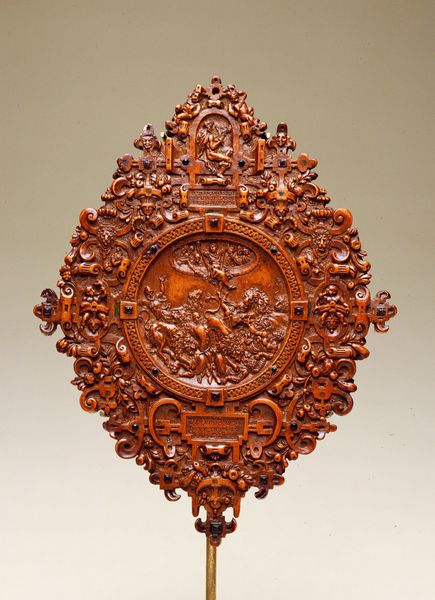![The Waterloo Medallion: The Victorious Generals Wellington and Blücher, with Jupiter's Conquest of the Giants [reverse] by Benedetto Pistrucci](/_next/image?url=https%3A%2F%2Fd2w8kbdekdi1gv.cloudfront.net%2FeyJidWNrZXQiOiAiYXJ0ZXJhLWltYWdlcy1idWNrZXQiLCAia2V5IjogImFydHdvcmtzLzIxMDUxZWY2LWRhYzgtNGU0ZS05MzI3LWE3MmYxOTgwODJlMC8yMTA1MWVmNi1kYWM4LTRlNGUtOTMyNy1hNzJmMTk4MDgyZTBfZnVsbC5qcGciLCAiZWRpdHMiOiB7InJlc2l6ZSI6IHsid2lkdGgiOiAxOTIwLCAiaGVpZ2h0IjogMTkyMCwgImZpdCI6ICJpbnNpZGUifX19&w=3840&q=75)
The Waterloo Medallion: The Victorious Generals Wellington and Blücher, with Jupiter's Conquest of the Giants [reverse] c. 1817 - 1861
0:00
0:00
bronze, sculpture
#
medal
#
allegory
#
classical-realism
#
bronze
#
sculpture
#
history-painting
Dimensions: overall (diameter): 13.87 cm (5 7/16 in.) gross weight: 506.5 gr (1.117 lb.) axis: 12:00
Copyright: National Gallery of Art: CC0 1.0
Editor: So, here we have "The Waterloo Medallion: The Victorious Generals Wellington and Blücher, with Jupiter's Conquest of the Giants" by Benedetto Pistrucci, a bronze sculpture made sometime between 1817 and 1861. I'm struck by how much is crammed onto this small circular surface; it feels almost chaotic, yet deliberate. What strikes you most about this piece? Curator: Immediately, I consider the material. Bronze, selected for its durability, inherently links the piece to a lineage of commemorative and functional objects, like weaponry. This medal’s material properties must have impacted its perceived value, its relationship to power and status. The sheer labour to create this, too, suggests significant social investment in the ideas depicted. Who was producing these, and what skills did it entail? Editor: I hadn't considered the labour involved. Thinking about it now, someone really painstakingly carved out these miniature figures on such hard material! Curator: Exactly! Look at how classical imagery has been deployed to elevate a contemporary political moment, specifically, a battle in the Napoleonic Wars. It uses this Jupiter and the Giants allegory. Do you think it successfully transforms it into an enduring statement on war, victory and empire or does that material and process seem at odds with it? Editor: I think there's a tension. The bronze and the classical style suggest timelessness, yet the subject matter, Waterloo, is a specific historical event. Perhaps the intention was to make the battle seem more grand or make the statement seem important across the time! It also blurs lines of fine arts and also, decorative ones! Curator: Precisely! By studying the medal's production, we are exposed to questions around taste and value, social messages as we look at the material impact of art. Editor: I’m now considering not just the final product but its historical context, and the human labor invested in its materiality, to better understand its cultural significance. Curator: And that understanding brings us closer to questioning how art shapes and reflects social forces!
Comments
No comments
Be the first to comment and join the conversation on the ultimate creative platform.
